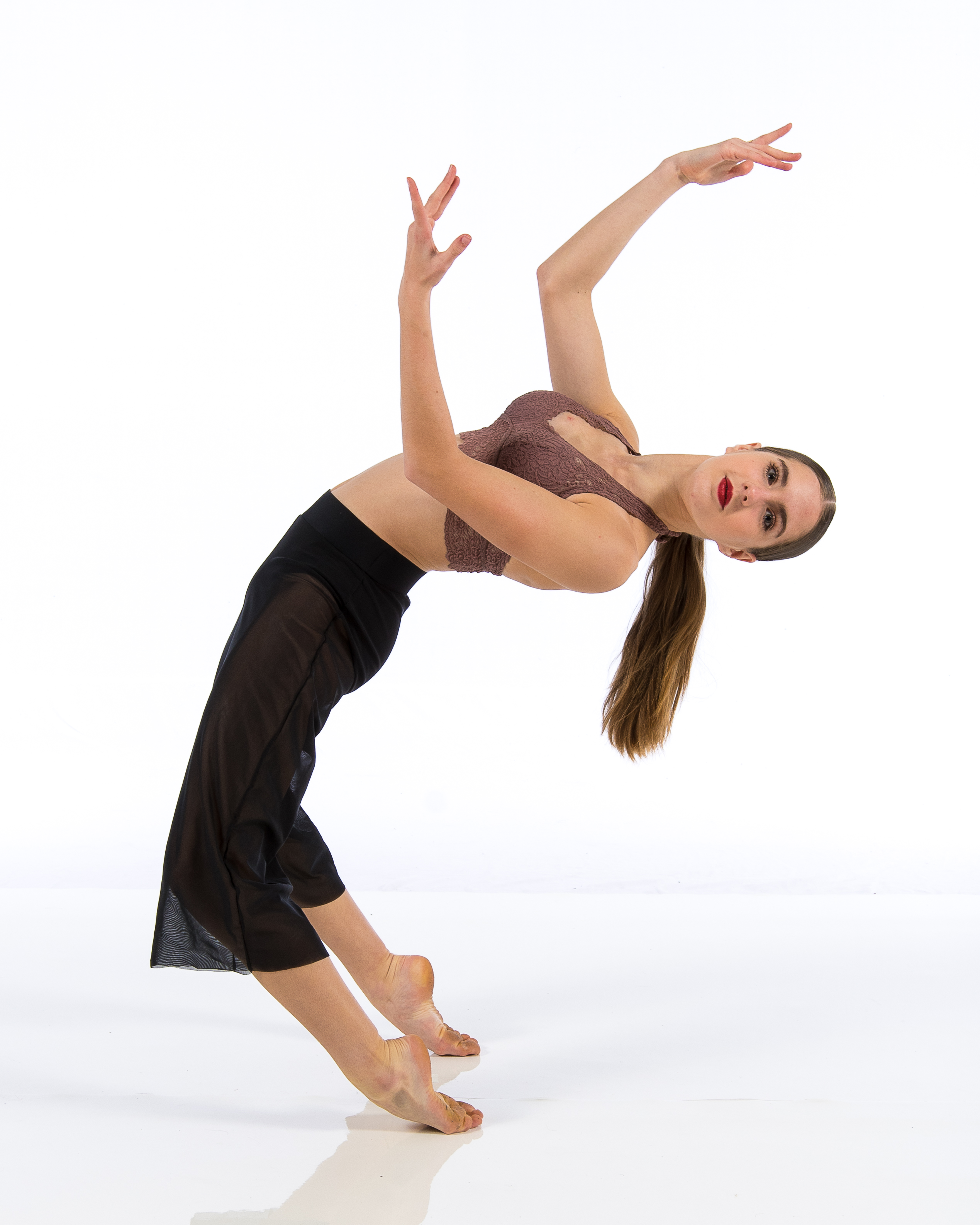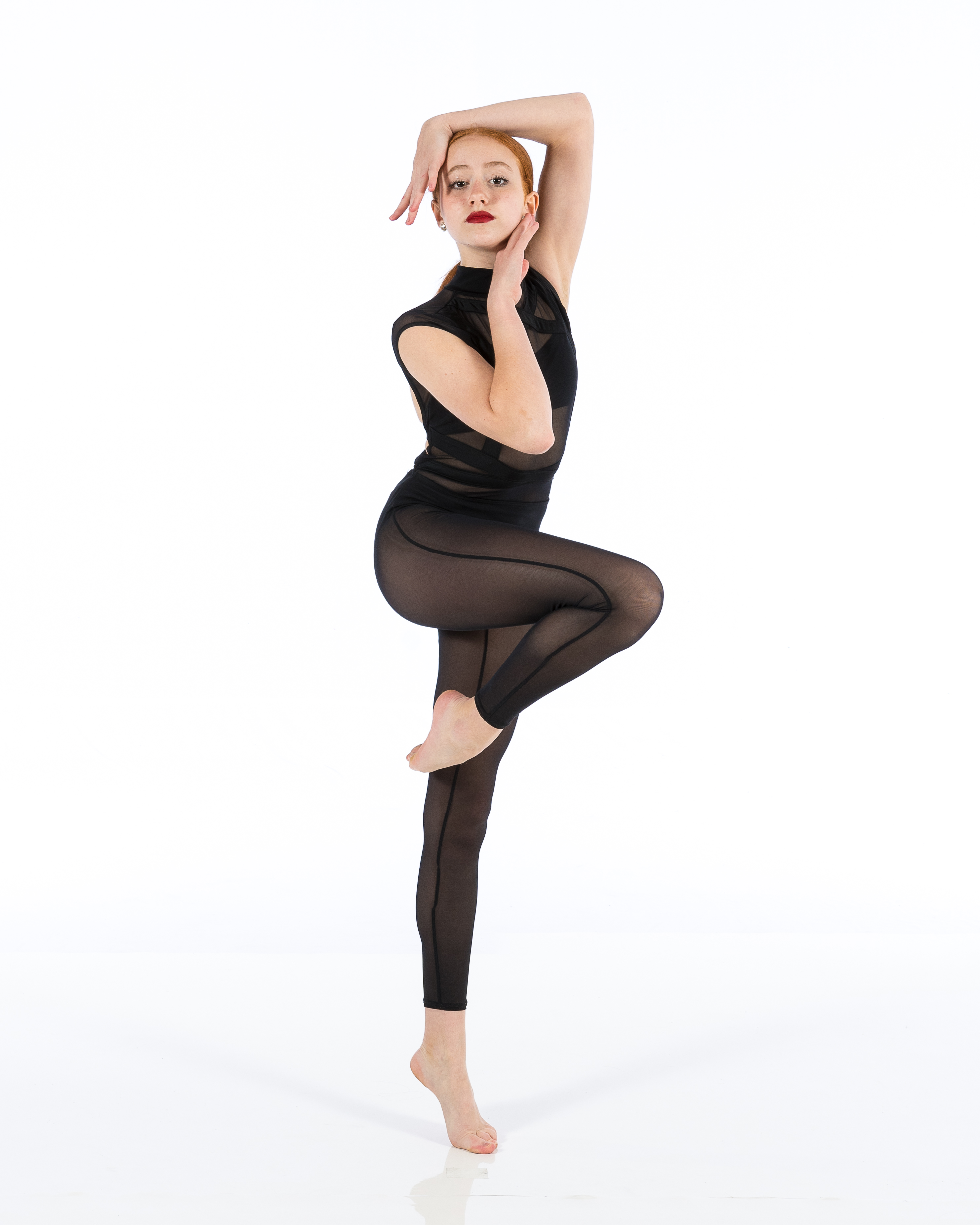Introduction
Contemporary dance, a fluid and dynamic art form, is often seen as a reflection of modern society. Yet, beneath its glittering surface lies a rich tapestry woven from diverse cultural threads. Today’s dance studios are not just spaces for training; they’re vibrant hubs where cultures converge, collide, and ultimately create something new and exhilarating. By integrating cultural elements into contemporary dance practices, artists can foster an environment that celebrates diversity while also enriching their work.
In this article, we will explore the myriad ways in which cultural elements can be incorporated into contemporary dance practices. From understanding the roots of various dance styles to embracing innovation and personal expression, we’ll delve into how dancers can honor tradition while carving out their own unique paths. Are you ready to embark on this adventurous journey? Let’s dive in!

Incorporating Cultural Elements into Contemporary Dance Practices
Incorporating cultural elements into contemporary dance practices offers an opportunity for artists to pay homage to their heritage while pushing the boundaries of creativity. But how exactly do we achieve this delicate balance? It begins with understanding the histories and narratives behind different cultures' dances.
Understanding Diverse Dance Cultures
When it comes to incorporating cultural elements into contemporary dance, knowledge is power. Understanding the historical context of various dance styles—be it African tribal dances or classical Indian Bharatanatyam—allows dancers to appreciate the intricate details that make each style unique.
- Historical Context: Each culture carries its stories through movement. Cultural Significance: Many dances are intertwined with rituals and traditions. Technical Aspects: Different cultures have distinct techniques worth studying.
This background knowledge forms the foundation upon which a dancer can build their practice.
Researching Traditional Forms
Before jumping headfirst into experimentation, it’s vital to research traditional forms of dance that intrigue you. This exploration can lead to newfound inspiration and understanding about how these styles can be seamlessly integrated into your choreography.
- Field Studies: Attending performances or participating in workshops enhances learning. Interviews with Practitioners: Speaking directly with dancers from different backgrounds provides invaluable insights. Literature Review: Books and articles on cultural dances can serve as rich resources for inspiration.
The Role of Dance Studios in Cultural Integration
Dance studios play an essential role in creating environments conducive to exploring cultural elements within contemporary practices. They act as sanctuaries where traditions are respected while innovation flourishes.
Diverse Classes: Offering classes in various styles encourages cross-cultural exchanges among students. Community Events: Hosting performances that spotlight different cultural backgrounds fosters collaboration. Workshops with Guest Artists: Inviting culturally diverse instructors enriches the studio's curriculum.These initiatives help nurture an appreciation for global perspectives among dancers.
Choreographic Techniques Inspired by Cultural Elements
Once you’ve gathered insights from your research and collaborations, it’s time to infuse those learnings into your choreographic process.
Emotional Storytelling
Incorporating emotional storytelling rooted in specific cultures can elevate your performance's depth:
- Use movements that convey feelings tied to particular narratives. Integrate motifs or gestures that symbolize significant events or beliefs within that culture.
Movement Vocabulary
Experimenting with movement vocabulary derived from various cultures enriches your choreography:
- Mix traditional steps with contemporary techniques for innovative combinations. Utilize ensemble formations inspired by cultural group dynamics.
Cross-Cultural Collaborations in Dance
Working with artists from different backgrounds opens up exciting avenues for creative exploration. Collaborations offer opportunities for both artists and audiences to engage with unfamiliar styles:
Fusion Projects: Combining two or more styles leads to fresh interpretations. Joint Performances: Sharing stages promotes dialogue between different communities through art.Through collaboration, dancers can learn new techniques while also respecting each other's traditions.
The Importance of Authenticity in Cultural Representation
As exciting as it is to incorporate various cultural elements, authenticity must remain at the forefront of these endeavors. Misrepresentation can lead to appropriation rather than appreciation—a significant concern in today’s artistic landscape.
Engage Respectfully: Always approach a culture you're unfamiliar with respectfully and thoughtfully. Consult Community Members: Involve people from the culture you're drawing inspiration from during your creative process. Reflect on Your Position: Acknowledge your own background and how it influences your interpretation of another culture's art form.Authenticity ensures that the end product doesn’t dilute or misrepresent the original essence of the cultural elements being incorporated.
Challenges Faced When Incorporating Cultural Elements
While integrating diverse influences can be invigorating, it’s not without its challenges:
Misunderstanding Traditions: Without proper context, movements may lose their intended meaning. Cultural Sensitivity: Balancing creativity with respect requires careful navigation. Audience Reception: Audiences may have preconceived notions about what constitutes “authentic” representation.Overcoming these hurdles requires dedication and a willingness to learn continuously—qualities every artist should embody!
Case Studies of Successful Integration
Examining successful case studies serves as an excellent reference point for dancers looking to incorporate cultural elements effectively:
Case Study 1: Akram Khan
Akram Khan’s work beautifully blends classical Indian Kathak with contemporary dance forms, creating pieces that reflect both his heritage and modern themes like globalization and identity struggles.
Case Study 2: Alvin Ailey American Dance Theater
This iconic company integrates African American spirituals alongside modern ballet techniques, highlighting the importance of culture in expressing universal human emotions through movement.
Utilizing Technology in Cultural Exploration
Today’s technology offers countless tools for exploring cultural elements:

By leveraging technology wisely, dancers can continue expanding their horizons beyond physical boundaries!
Creating Your Unique Style Through Cultural Integration
Every dancer longs for a voice that resonates uniquely within them—a voice cultivated through experience! By blending various influences thoughtfully over time, one develops a distinctive style rooted firmly yet dynamically shifting across genres!
Finding Your Voice
Combining multiple styles leads not only toward innovation but also heightened self-expression—allowing performers’ individuality shine brightly amidst collective harmony!
Performing Arts Festivals Celebrating Cross-Cultural Exchange
Participating actively in performing arts festivals dedicated exclusively towards showcasing cross-cultural projects enhances visibility & networking opportunities;
1) They provide platforms for emerging talent! 2) Exposure helps bridge gaps between communities! 3) These gatherings foster dialogue around important social issues using arts as mediums!
This amplifies voices otherwise unheard while inspiring future generations pursuing careers within performing arts fields alike!
FAQ Section
Q1: Why should I incorporate cultural elements into my dancing?
A1: Incorporating cultural elements enriches your artistry by allowing you deeper connections both personally & communally! It encourages exploration beyond current comfort zones leading towards innovative creations promoting understanding across diverse audiences!
Q2: How do I ensure I’m representing another culture authentically?
A2: Engage directly with members from said community involved! Consult resources like documentaries/books surrounding their traditions weaving them thoughtfully throughout choreography without misrepresentation risks involved!
Q3: Can I fuse multiple cultures together?
A3 : Absolutely! Fusion creates exciting opportunities enabling explorative dialogue surrounding similarities/differences found amidst diverse practices enhancing appreciation overall artistry!
Q4 : What challenges might arise when blending styles?
A4 : Some challenges include misunderstandings regarding origins & meanings behind specific movements leading potentially towards misrepresentation if approached disrespectfully; however maintaining open communication counteracts these issues effectively over time!
Q5 : How does technology assist me during this process?
A5 : Technology allows access vast resources such as online archives showcasing traditional performances worldwide providing insight needed! Additionally social media platforms enable connection opportunities globally fostering collaboration potential amongst fellow creatives everywhere alike!!
summer dance classQ6 : How do I find my unique voice through integration?
A6 : Embrace experimentation consistently allowing freedom express individuality amidst collective harmony resulting ultimately toward creation distinctly yours cultivated iteratively over time!!
Conclusion
Incorporating cultural elements into contemporary dance practices isn’t merely about adding flair; it’s about deepening connections—both personal & communal—that forge pathways toward greater understanding among diverse peoples worldwide! By honoring traditions while embracing our innovative spirit collectively nurtured within today’s ever-evolving landscape cultivated inside captivating dance studios everywhere alike—we pave roads leading ultimately toward transformed futures filled joyously through movement itself! So why wait any longer? Start exploring those rich cultural tapestries today!